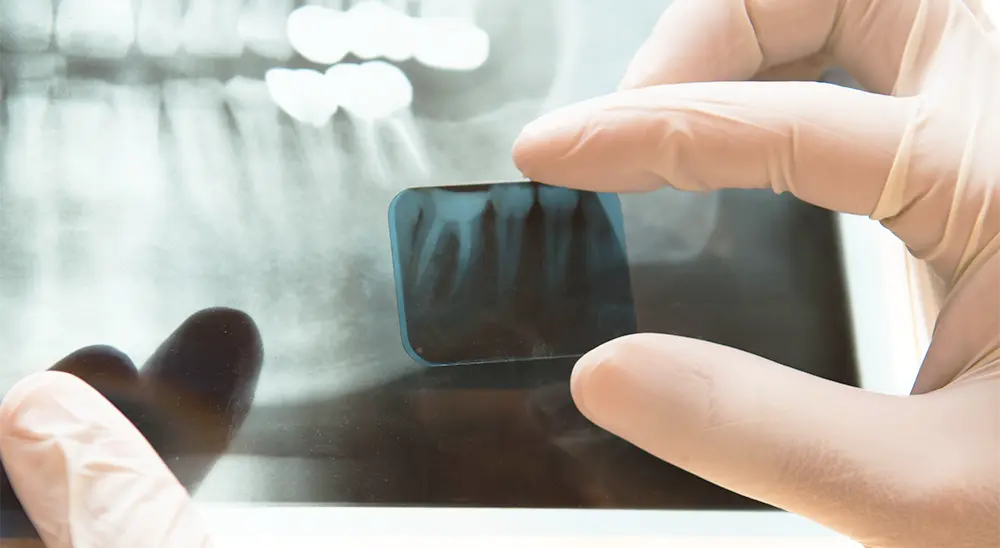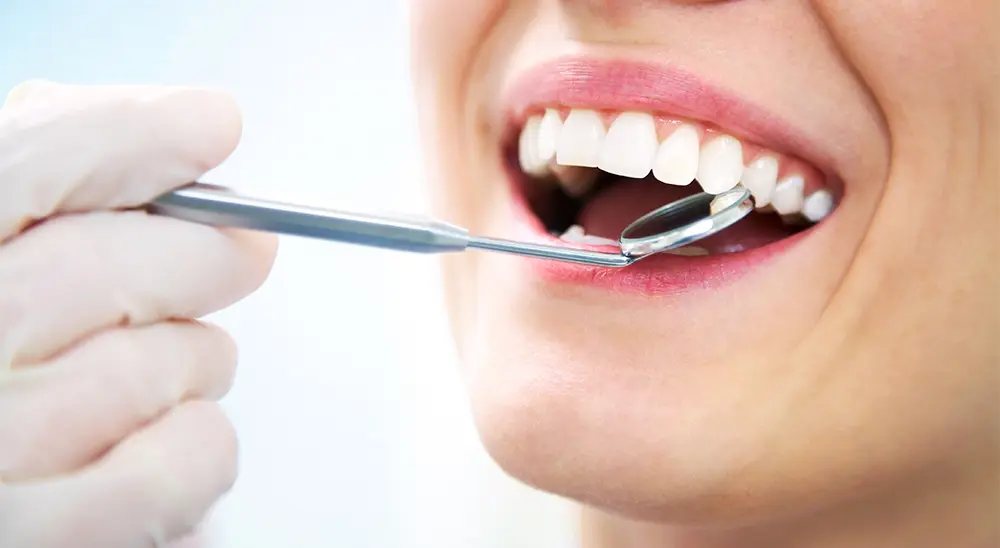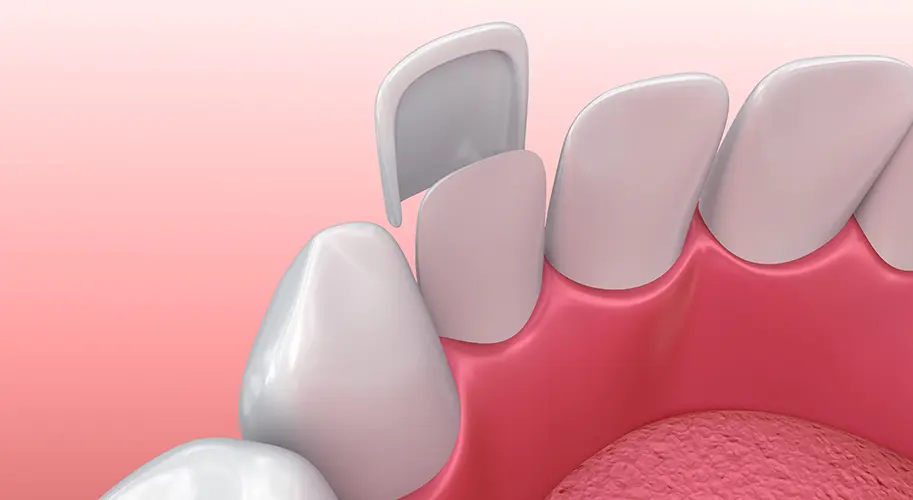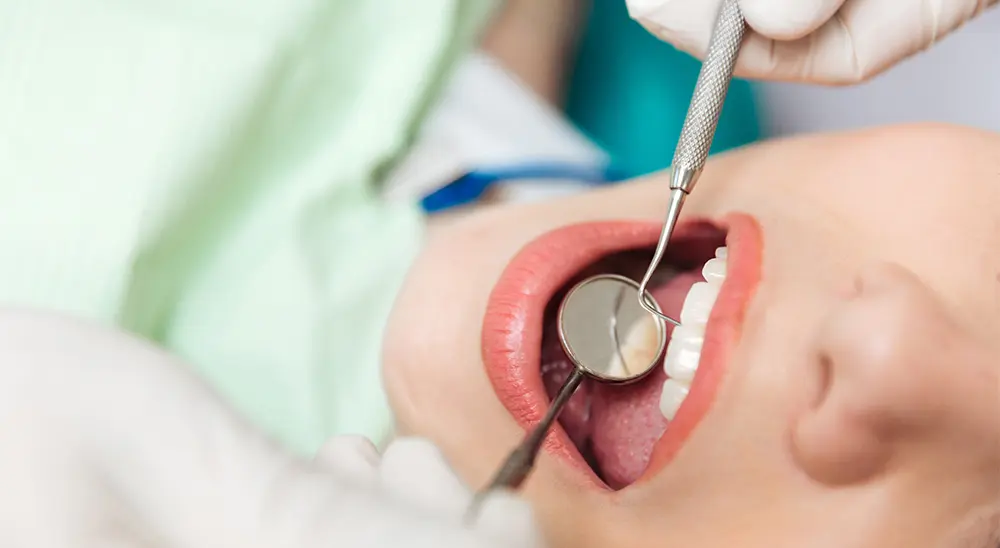
Dental Implants - Everything You Need to Know! (Part 1)
Do you have an upcoming implant treatment?
In this series of articles, you will find detailed information about the placement of dental implants. The earliest evidence of the use of dental implants dates back to 2000 BC, in the civilization of ancient China. They gave a suitable shape to bamboo twigs and then replaced the missing teeth with them. The first recorded case of a replaced tooth with a dental implant made of metal came from the body of an Egyptian king who lived about 1,000 years before the new era…
In this series of articles, you will find detailed information about the placement of dental implants.
The earliest evidence of the use of dental implants dates back to 2000 BC, in the civilization of ancient China. They gave a suitable shape to bamboo twigs and then replaced the missing teeth with them.
The first recorded case of a replaced tooth with a dental implantmade of metal came from the body of an Egyptian king who lived about 1,000 years before the new era. There was a copper peg placed his upper jawbone.
In ancient history, it was relatively common for missing teeth to be replaced with the teeth of animals or other people.
Various other materials have also been found by archaeologists in the jaws of ancient inhabitants, such as rare gems, seashells, or other materials.
Centuries later, significant developments have been made in the techniques used for dental implants. Let us now return to the 21st century and tell you about the revolutionary scientific advances that medical professionals have made in our time.
1. What are dental implants and what are they made of?
dental implants are most often made of metal. Their purpose is to replace the root of one or more missing teeth. dental implants are made of titanium (biocompatible material) and cannot be rejected by the human body. The dental implants is placed in the jaw by means of surgical manipulation, which uses local anesthesia. They can be used for partially edentulous jaws (including the replacement of just one tooth), as well as for completely edentulous jaws – a total jaw restoration.
2. What are the different types of dental implants?
In general, dental implants can be divided into 2 groups – two-part (classic) and one-part (basal and compression) dental implants .
3. What are the options for placement of dental implants and how does the procedure work?
Your treatment plan very much depends on whether there are extractions to be done in the area where the implants should be placed or if this area is partially or completely edentulous.
First option – When there are teeth to be extracted:
On the first day, the teeth are extracted, and the dental implants are placed. Plastic procedures are performed on the soft and hard tissues (wounds are sutured), and impressions are taken for the manufacturing of the future construction. On the second day a sample of the metal skeleton of the future construction is made and on the third day the permanent constructions are cemented. Our goal is to offer the best treatment to our patients, for this reason, when there is extraction of a large number of teeth, we offer our patients to go through an intermediate stage: some dental implants are placed, impressions are taken and temporary teeth are made (they are cemented on the third day). The patients wear the temporary teeth for 2-3 months. Then, at the next visit, the temporary teeth are removed, additional dental implants are placed, and impressions are taken to make the permanent constructions
What is the purpose of this intermediate stage?
Since basal implants are immediate loading and prosthetics are cemented within 3 days, it is possible that a gap might appear between the tissues and the crowns, which is a consequence of physiological atrophy (a completely normal process). This distance is minimal, thanks to the soft and hard tissue plasticity, but it can disturb patients and cause them discomfort. The purpose of the temporary is to perform the contraction of the tissues. After 2-3 months, the temporary teeth are removed and replaced with permanent ones, as they will fit tightly to the tissues. More detailed information about the procedure can be found here.
Second option – Your tooth / teeth have already been extracted before the manipulation
In the case of totally edentulous jaws, the placement of the immediate dental implants is started directly and afterwards impressions are taken for the preparation of the permanent constructions.
* The information stated above applies to basal dental implants only. In comparison, you can read more about the treatment with classic implants here.
4. What constructions can be placed on dental implants?
When placing more than one implant, it is preferable for the crowns to be made in the form of an arch (several crowns, in the form of a bridge). This way a great stability of the crowns is guaranteed. In the case of a single dental implants , a separate metal-ceramic crown is prepared. In the NURIDENT dental clinic we can make your crowns from the following materials – Metal-ceramic crown (made by hand), Metal-ceramic crown (made with laser), Ceramic crown with aesthetic ceramics IPS e.Max, Zirconium crown with aesthetic ceramics IPS e.Max.
5. How to choose a specialist you can trust for placing the dental implants and what questions to ask them?
For the success of dental implants treatment, it is extremely important to find a good implantologist who works with different implant systems and knows their advantages and disadvantages. This way you can be sure that you will be offered the best treatment plan for your specific case.
Be sure to ask what material the dental implants are made of and what document is used to guarantee their origin and quality. Make sure that the medical institution you will visit performs all the procedures according to the protocol set by the health authorities and observes excellent hygiene.
At the NURIDENT Dental Clinic, our implants are accompanied by a passport that gives you security for the quality of dental implants , and Dr Nuri has over 20 years of experience in the field of dental implantology and has placed over 30,000 dental implants in his career.
6. What are the risks and complications that may occur when placing dental implants?
As with any procedure and implant treatment, some complications can occur, but only in the rarest cases, especially if you choose a treatment with basal implants.
7. Can a dental implant get rejected and how long will it “serve” you?
dental implants are made of polished titanium, which is bio-tolerable and unlikely to be rejected by your body.
If the implantation is performed by an experienced implantologist and the prosthetic protocol is followed, the success of the treatment is about 96-98% and the dental implant will “serve” you for a lifetime.
Part 2 coming on 22.7.2020








